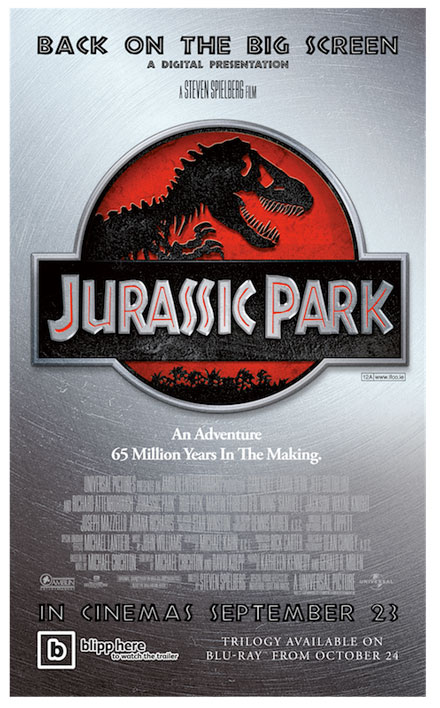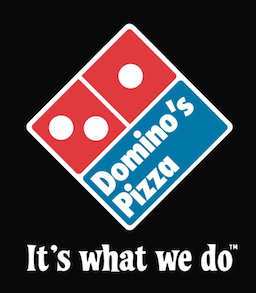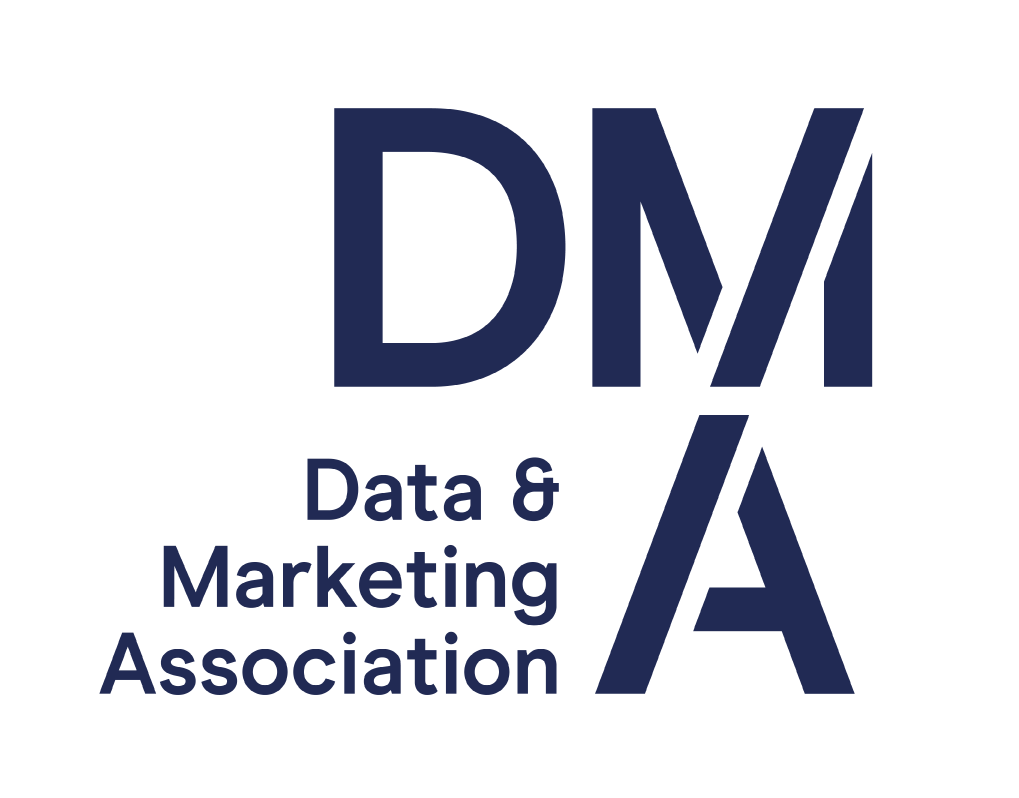Magic print: mobile myth or an augmented reality?
13 Nov 2012

Smartphones and tablets, coupled with mobile image recognition technologies, have changed the game considerably for offline marketing channels such as door drop. Augmented reality (AR), quick response codes, digital watermarking, image recognition and mobile visual search offer offline marketers the ability to bring print to life – quite literally. Here I look at how brands such as Estée Lauder and Domino’s Pizza are embracing mobile technologies to amplify their campaigns.
To those of you unfamiliar with Blippar, it uses the smartphone camera to recognise an image in the real world, scan it and deliver a response. The response might be a web link, a video play or a coupon.
The majority of AR campaigns to date have been print based within newsstand magazines and papers but increasingly content marketing agencies who design and publish customer magazines are embracing these mobile platforms as a new channel to amplify their branded content to great effect.
Estée Lauder Blippar campaign
Tesco, Waitrose, Nestlé Shreddies, Mercedes-Benz and Walkers have all rolled out campaigns this year integrating engagement and direct from the user’s phone blipp-to-buy functionality into their off-the-page press campaigns. More recently, Estée Lauder stepped into the AR fray with a Blippar campaign but around a strong and compelling call to action/incentive to receive 10 days worth of free samples of its new Double Wear product.
Through placement of tactical blippable ads in fashion magazine Stylist and Metro the results where quite phenomenal with tens of thousands of readers blipping to sign up for their free trial.
Bringing door drops to life with AR
Offline direct marketing media such as door drop and direct mail are ideal platforms to test the impact on response and conversion that image recognition and AR activity could have.
Imagine being sat down at breakfast or your office and instead of opening the mail to be proffered what would undoubtedly be a highly targeted and compelling proposition, you were also asked to 'blipp' a mail piece, insert or door drop about information on the latest movie rentals, music releases or perhaps be invited to test drive the latest 4x4.
Then imagine a 3D Tyrannosaurus Rex, or 3D Jeep leaping from the page as seen through your smartphone. After the initial 'wow-factor' has surpassed imagine you can then simply tap on the phone screen to immediately watch the movie trailer... then tap again to immediately book online or click-to-call for cinema tickets....or even better still tap to buy?

Blippable Jurassic Park image
AR takes QR one step further
Media owners such as Sky have already tested QR codes on their door drops to get customers and prospects to view trailers of their up and coming movie schedules, as have Virgin Media within their customer magazine. AR technologies can take this one step further to 'wow' target audiences with engaging, interactive and measurable, brand experiences.
We're also now witnessing some of the biggest brands in door drop testing AR. This year, Ikea turned its 2013 catalogue interactive providing the millions of householders who received a copy through their letterbox with the opportunity to gain inspiration for their room sets and furniture choices through the use of their own augmented reality application.
Domino’s Pizza trials its first AR campaign
Domino’s Pizza has also been an early adopter. In early 2012 the home delivery pizza chain trialled its first AR campaign as a carefully integrated outdoor campaign promoting their £5.55 offers ranges.
Smartphone users who blipped these six-sheet posters saw them spring to life on their handset along with product information, offers and menus. They were also able to use the phone’s native features to find their nearest Domino’s outlet and download the Domino’s Pizza app direct to their phones – all in a matter seconds.
This was then followed up with a targeted door drop campaign to over 40 million UK households where recipients of the Domino’s menus could use Blippar to bring their menus to life to reveal a 3D Piñata off the page which when tapped would deliver a personal special offer discount of the day direct to their phone for instant redemption and, more critically, for the brand to capture data upon redemption.

Blippable Domino's Pizza image
Augmented reality, image-recognition or whatever we wish to call it, is most certainly here to stay. A recent report by Juniper Research predicted the number of augmented reality downloads to reach nearly 1.4 billion by 2015 and savvy early adopter brands and direct marketers are already getting on board to test as part of their integrated marketing campaigns.
This is indeed a new magical reality for marketers but the key lessons of the past must be heeded in terms of adoption and education and the need for strong clear calls to action. This is not about the technology and the sooner the conversation moves away from the nuts and bolts to the potential this new ground-breaking medium can proffer then the sooner brands will begin to reap the benefits. As artist and musician Laurie Anderson once exclaimed "Technology is the campfire around which we tell our stories" – the fire has already been lit and now is the time for you to captivate your audiences with your brand stories.
Stephen Shaw, opportunities director, Blippar




